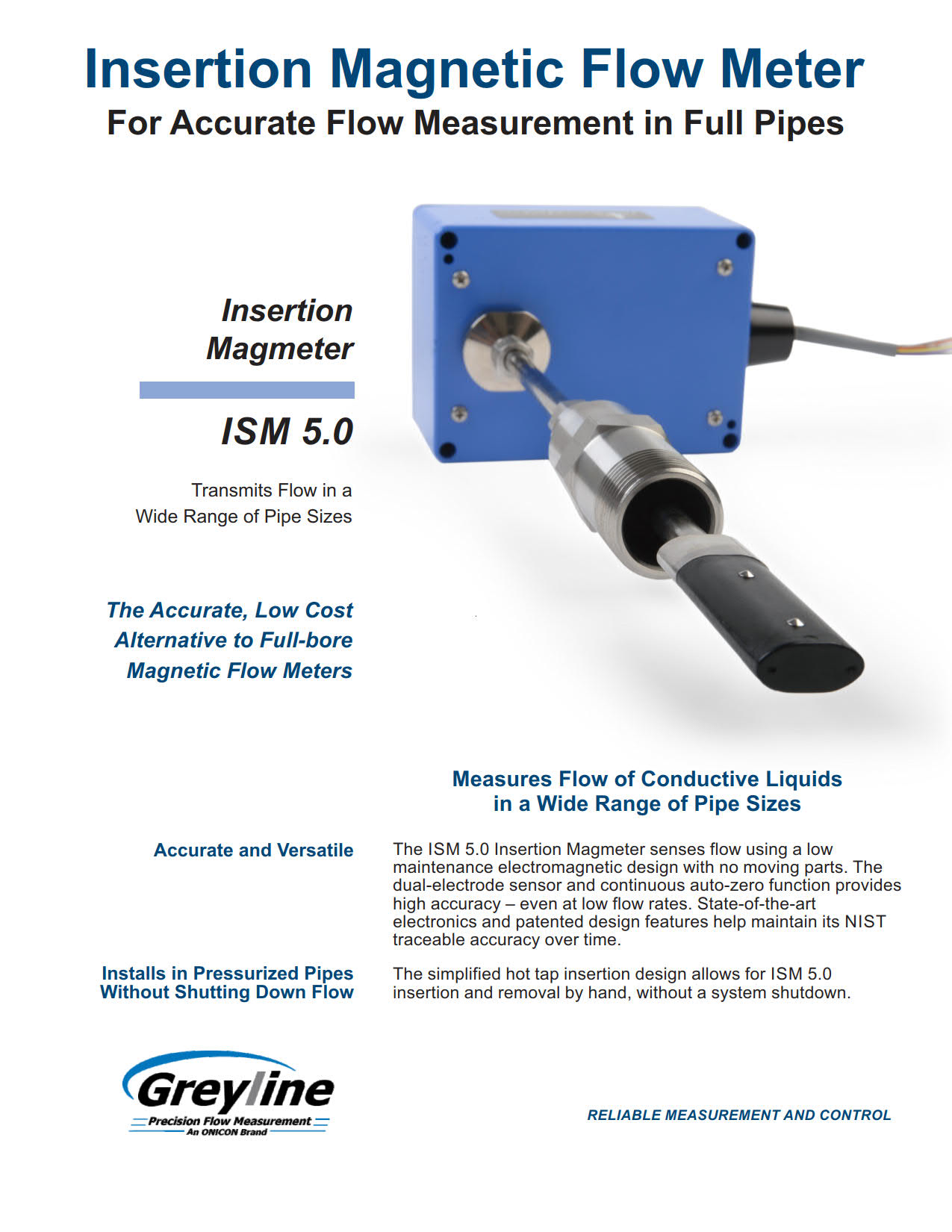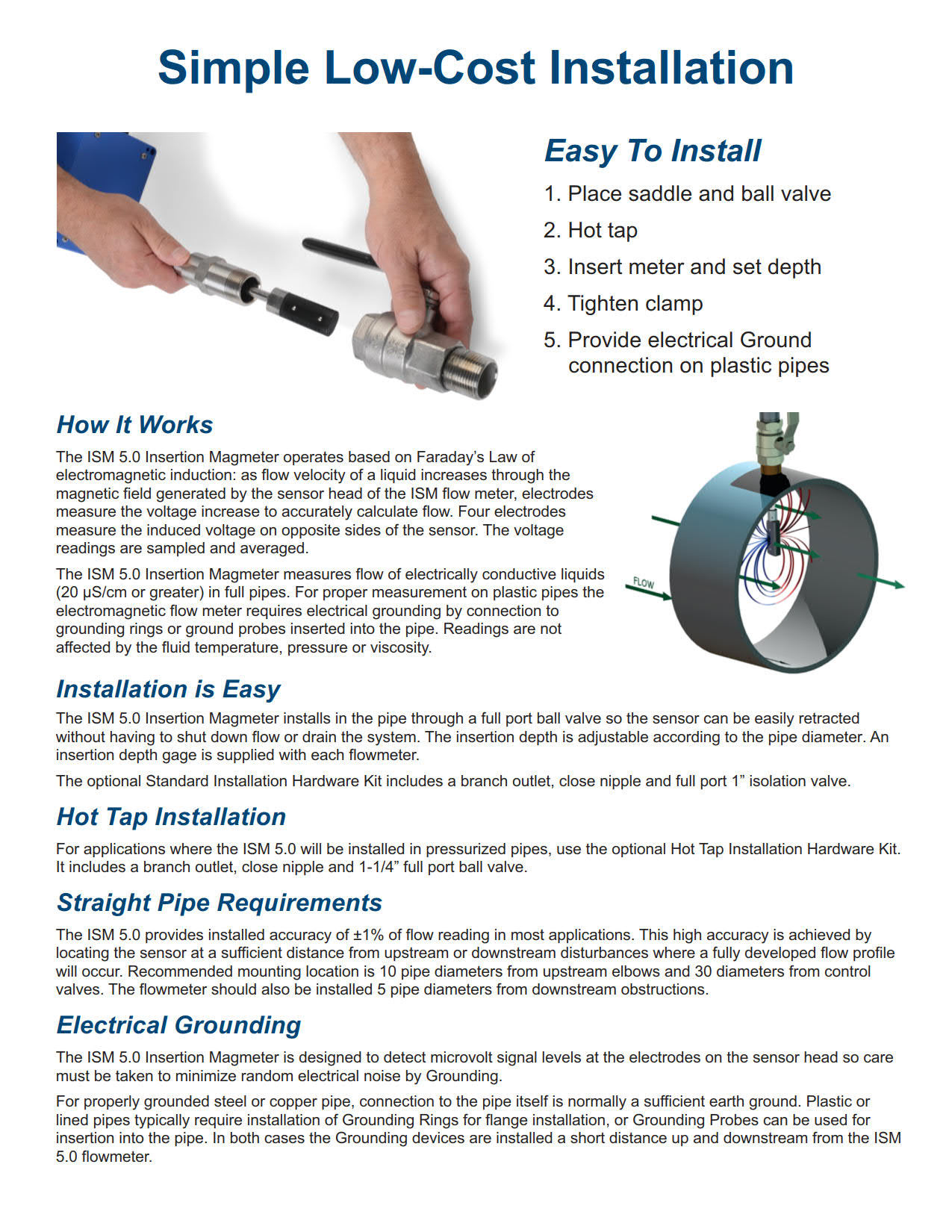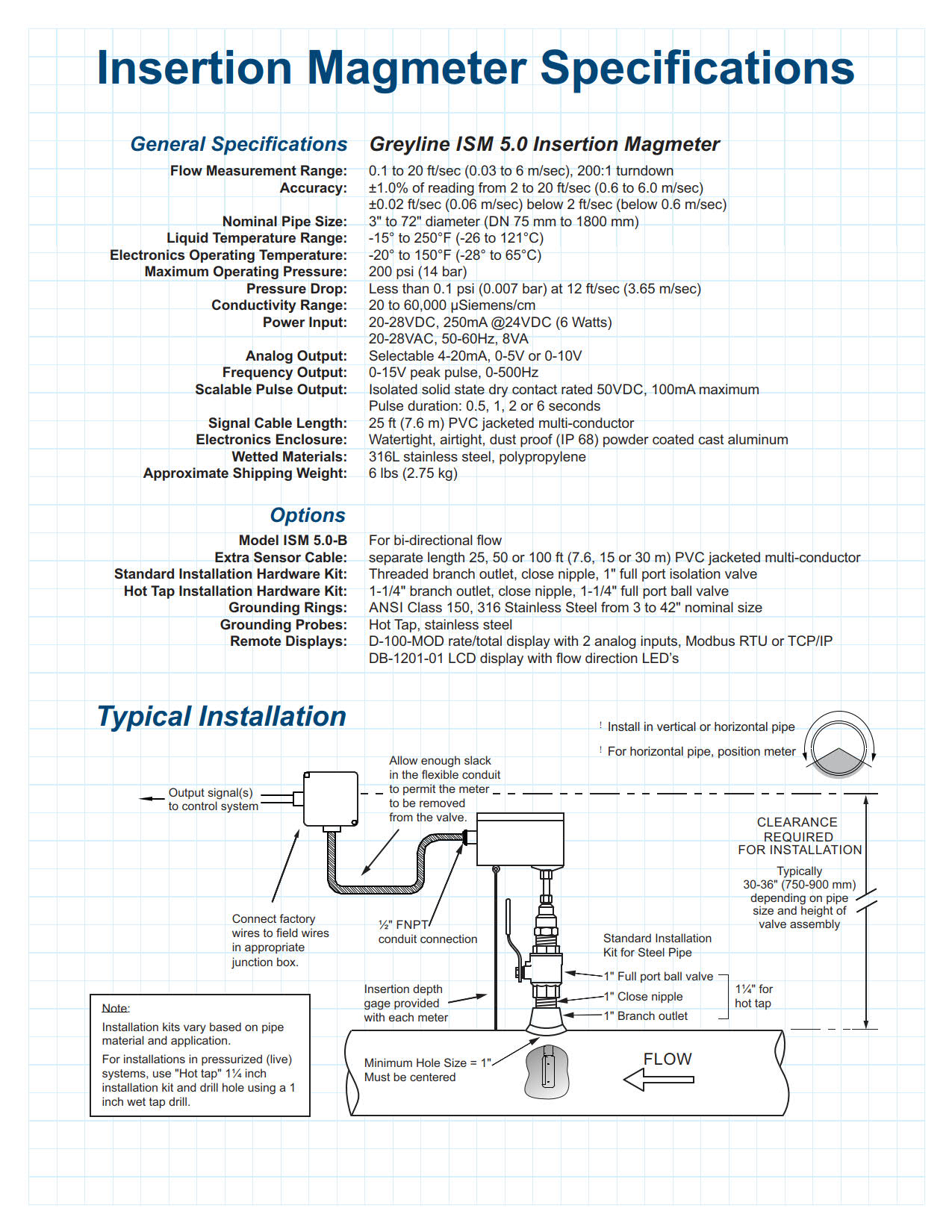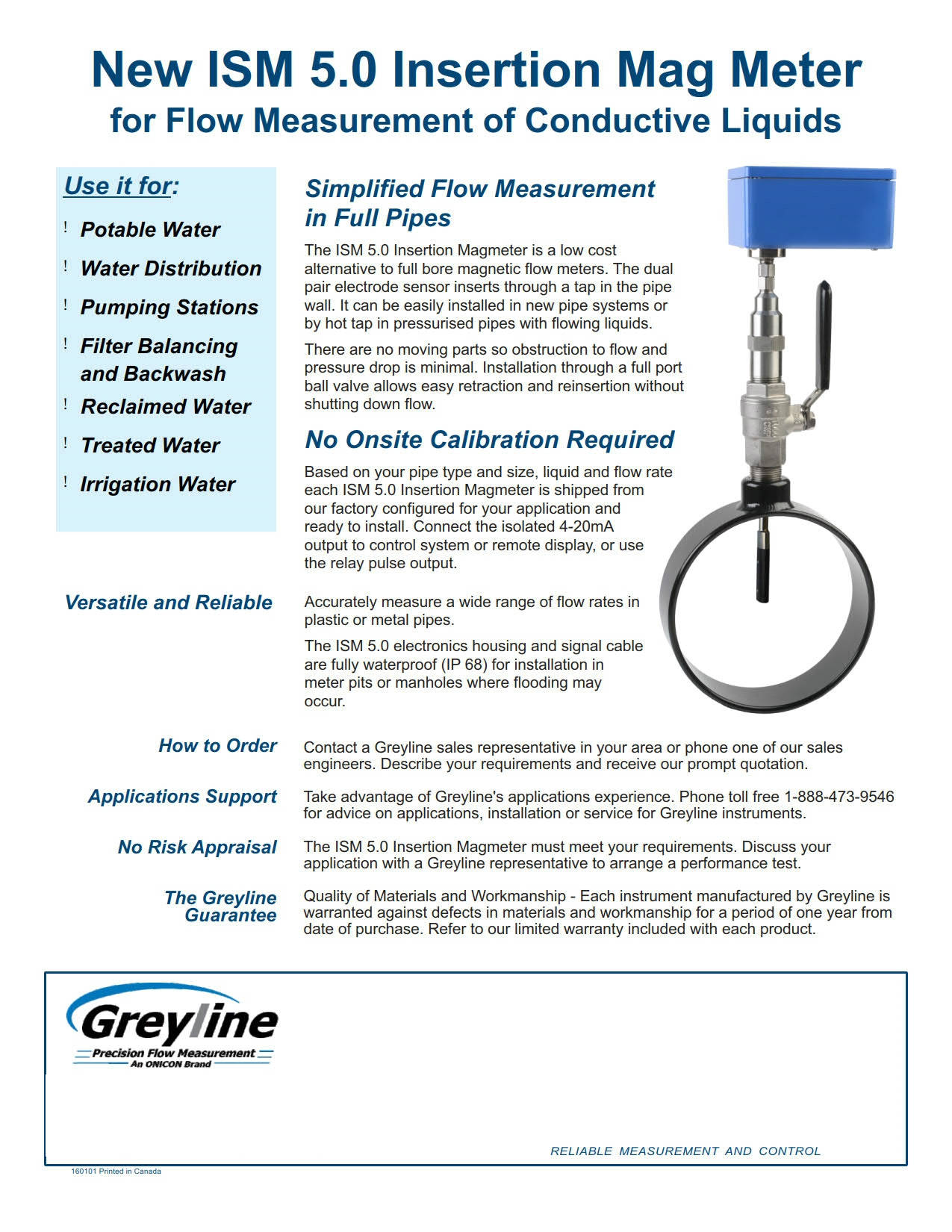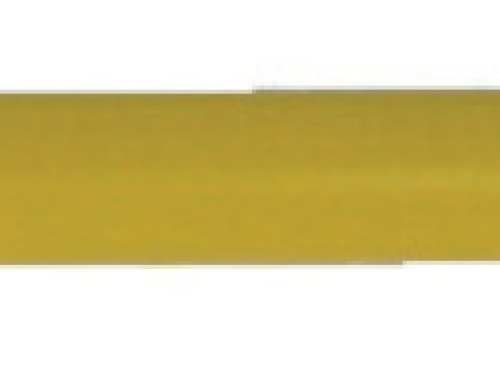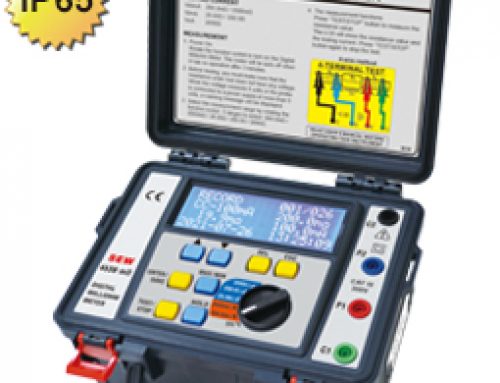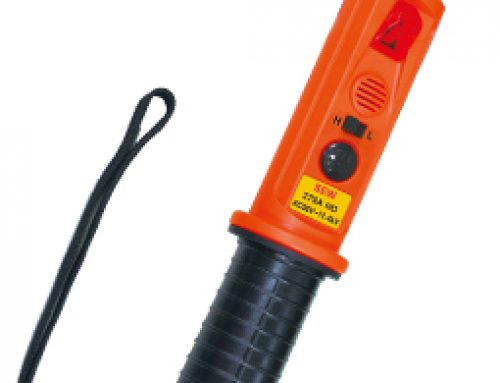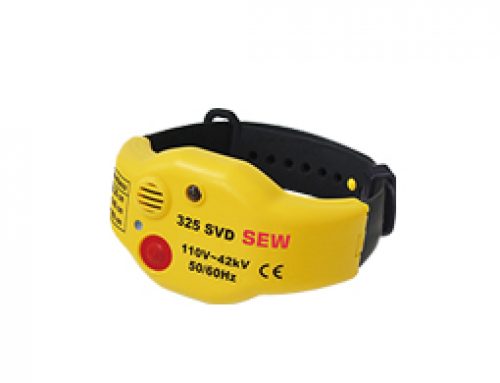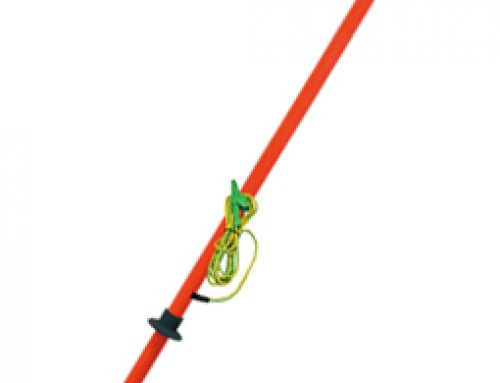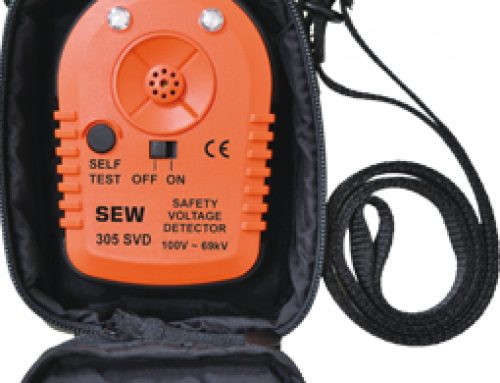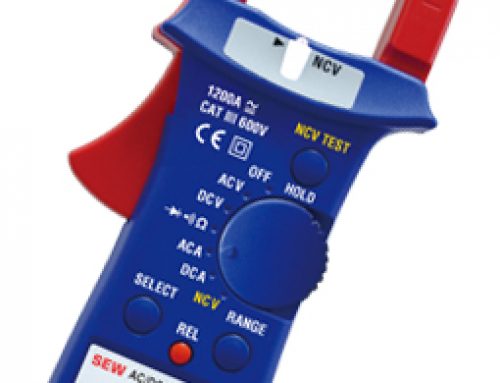ISM 5.0插入式电磁流量计
- 没有活动部件的电磁
- 简化的热水龙头插入设计
- 安装在直径为3-72英寸(80-1800毫米)的管道中
- 可选择4-20mA,0-5V或0-10V输出
- 0-500Hz频率输出
- 可扩展脉冲输出
ISM 5.0 Insertion Magmeter
- electromagnetic with no moving parts
- simplified hot tap insertion design
- installs in 3-72″ (80-1800 mm) diameter pipes
- selectable 4-20mA, 0-5V or 0-10V output
- 0-500Hz frequency output
- scalable pulse output
| 全通径磁流量计的准确,低成本替代品 测量直管3至72“(80至1800 mm)的全管中水和导电液体的流量。 ISM 5.0双对电极传感器通过管壁中的水龙头插入。它可以很容易地安装在新的管道系统中,或者通过带有流动液体的加压管道中的热水龙头。没有活动部件,因此阻碍流动和压降是很小的。通过全通径球阀进行安装,可以轻松缩回和重新插入,而无需关闭流量。插入深度可根据管道直径调节,每个流量计都配有插入深度计。可选的安装硬件套件包括分支插座,紧密接头和全端口1“隔离阀。 ISM 5.0插入式电磁流量计采用低维护电磁设计,无移动部件,可检测流量。双电极传感器和连续自动调零功能可提供高精度 – 即使在低流速下也是如此。电子设备和设计功能有助于长期保持其NIST可追溯精度。 无需现场校准 根据您的管道类型和尺寸,液体和流量,每个ISM 5.0插入式电磁流量计都是从我们的工厂发货,为您的应用配置并准备安装。将隔离的4-20mA输出连接到控制系统或远程显示器,或使用继电器脉冲输出。 |  通过球阀安装??到管道中 |
| 这个怎么运作 ISM 5.0插入式电磁流量计基于法拉第电磁感应定律运行:当液体的流速通过ISM流量计的传感器头产生的磁场增加时,电极测量电压增加以精确计算流量。四个电极测量传感器两侧的感应电压。对电压读数进行采样和平均。 ISM 5.0插入式电磁流量计测量全管中导电液体(20μS/ cm或更大)的流量。为了在塑料管道上进行适当的测量,电磁流量计需要通过连接到插入管道的接地环或接地探针进行电气接地。读数不受流体温度,压力或粘度的影响。 | ? 基于法拉第电磁感应定律的运算 |
| Accurate, Low Cost Alternative to Full-bore Magnetic Flow Meters Measure flow of water and conductive liquids in full pipes from 3 to 72″ (80 to 1800 mm) diameter. The ISM 5.0 dual pair electrode sensor inserts through a tap in the pipe wall. It can be easily installed in new pipe systems or by hot tap in pressurized pipes with flowing liquids.?There are no moving parts so obstruction to flow and pressure drop is minimal. Installation through a full port ball valve allows easy retraction and reinsertion without shutting down flow.?The insertion depth is adjustable according to the pipe diameter and an insertion depth gauge is supplied with each flowmeter.?The optional Installation Hardware Kit includes a branch outlet, close nipple and full port 1” isolation valve. The ISM 5.0 Insertion Magmeter senses flow using a low maintenance electromagnetic design with no moving parts. The dual-electrode sensor and continuous auto-zero function provides high accuracy – even at low flow rates. State-of-the-art electronics and design features help maintain its NIST traceable accuracy over time. No Onsite Calibration Required Based on your pipe type and size, liquid and flow rate each ISM 5.0 Insertion Magmeter is shipped from our factory configured for your application and ready to install. Connect the isolated 4-20mA output to control system or remote display, or use the relay pulse output. |  Installs through a Ball Valve?into the pipe |
| How It Works The ISM 5.0 Insertion Magmeter operates based on Faraday’s Law of electromagnetic induction: as flow velocity of a liquid increases through the magnetic field generated by the sensor head of the ISM flow meter, electrodes measure the voltage increase to accurately calculate flow. Four electrodes measure the induced voltage on opposite sides of the sensor. The voltage readings are sampled and averaged. The ISM 5.0 Insertion Magmeter measures flow of electrically conductive liquids (20 ?S/cm or greater) in full pipes. For proper measurement on plastic pipes the electromagnetic flow meter requires electrical grounding by connection to grounding rings or ground probes inserted into the pipe. Readings are not affected by the fluid temperature, pressure or viscosity. | ? Operation based on Faraday’s Law of electromagnetic induction |
插入式磁力计规格
提供一个Greyline ISM 5.0插入式磁力仪,配备所有必要的安装硬件,以便在不关闭系统的情况下插入和移除仪器。
流量计应可手动插入,高达400 psi。
对于非金属管道中的安装,安装接地环或探头。
湿金属部件的结构材料应为316 SS。
流量计应平均两组直径相对的电极的速度读数。
每个流量计应根据一级体积标准单独进行湿校准,其准确度应在0.1%以内。
每个流量计都应提供校准证书。
精度应在2-20 ft/s的速率的±1%范围内。
总压差应超过100:1。
输出信号应完全隔离,并应包括以下内容:
(1)模拟输出;4-20mA、0-10V或0-5V跳线可选;
(2)可缩放干触点输出用于总计;
(3)用于外围设备的高分辨率频率输出。
用于双向应用的ISM5.0-B应提供额外的触点输出,用于各个方向的方向和流量总计。
每个流量计应通过NSF标准认证,并由制造商提供两年保修。
*可选流量显示
D-100系列显示模块,用于网络接口和流量和总量的本地/远程指示。
规格如有更改,恕不另行通知。
如果您在申请中需要更多信息或建议,请联系Greyline。我们可以提供报价,并向贵公司所在地区的Greyline销售代表咨询。
INSERTION MAGMETER SPECIFICATIONS
Provide a Greyline ISM 5.0 Insertion Magmeter complete with all installation hardware necessary to enable insertion and removal of the meter without system shutdown. The flow meter shall be hand-insertable up to 400 psi. For installations in non-metallic pipe, install grounding rings or probes. Materials of construction for wetted metal components shall be 316 SS. The flow meter shall average velocity readings from two sets of diametrically opposed electrodes. Each flow meter shall be individually wet-calibrated against a primary volumetric standard that is accurate to within 0.1% and traceable to NIST*. A certificate of calibration shall be provided with each flow meter. Accuracy shall be within ± 1% of rate from 2-20 ft/s. Overall turndown shall exceed 100:1.
Output signals shall be completely isolated and shall consist of the following: (1) analog output; 4-20mA, 0-10V, or 0-5V jumper selectable, (1) scalable dry contact output for totalization, and (1) high resolution frequency output for use with peripheral devices. ISM 5.0-B for Bi-directional applications shall provide additional contact outputs for direction and flow totalization in each direction. Each flow meter shall be certified to NSF Standards and covered by the manufacturer’s two-year warranty.
* National Institute of Standards and Technology
Optional Flow Display
D-100 Series Display Module for network interface and local / remote indication of flow rate and total.
Specifications are subject to change without notice. Please contact Greyline if you need more information or for advice in your application. We can provide quotations and refer you to the Greyline sales representative in your area.
流量计运作原理
仪器电子设备测量从发送声音到回声返回所需的时间。根据空气中的声速,可以高精度计算出液体表面与传感器的准确距离(0.25%范围)。
由于声速受空气温度的影响,灰线超声波液位传感器包括一个内置的温度传感器。水平/距离测量在传感器的整个工作温度范围内自动进行温度补偿。
传感器的位置应使其能清楚地“看到”液体表面,远离梯子、管道或其他障碍物。Greyline建议每10英尺深度距离侧壁1英尺(每3米深度300毫米)。来自搅拌器的假回波(在传感器下扫过)、湍流和波可以被仪器过滤和忽略。
Greyline模型的范围从简单的4-20mA液位指示发送器,到复杂的监控、控制和数据记录模型。返回greyline产品了解级别模型详细信息和规格。有关包括超声波在内的各种液位仪表技术的信息,请参阅废水液位测量技术。
测量管外脏污或充气液体的流量
多普勒效应由奥地利物理学家克里斯蒂安·多普勒于1842年提出。我们每天都能听到多普勒的例子:火车经过时的汽笛声改变音调,或者赛车驶过我们的位置时的排气噪音。
多普勒技术只适用于含有固体或气泡的液体来反射其信号。这些是“困难”的液体,可能会损坏常规流量计:泥浆、污泥、废水、磨料、粘性和腐蚀性化学品。由于传感器安装在管道外部,因此没有压降,也没有流动障碍物。
为了获得很好性能,多普勒传感器应安装在远离湍流产生装置(如弯管和三通)的地方,远离速度增加装置(如控制阀和泵)。典型精度为满刻度的±2%。多普勒仪器包括一个夹式超声波传感器、连接电缆和一个电子外壳,可以安装在附近方便的位置(500英尺/152米范围内)。传感器可以本质安全地额定安装在危险的额定位置。
需要非常精确的定时电路,但当传感器可以安装在流量均匀分布的管段上时,1%的精度非常典型。
由于超声波信号必须穿过管道到达接收传感器,因此流体中不得含有大量气泡或固体(小于2%)。否则高频声音会减弱,太弱,无法穿过管道。应用包括饮用水、冷却水、水/乙二醇溶液、液压油、燃油和化学品。
渡越时间传感器通常工作在1-2兆赫的频率。高频设计通常用于较小的管道,低频设计用于直径达数米的大型管道。
水槽和堰是专门设计的渠道形状,以表征水流。常见的类型有矩形堰、V型槽堰、Parshall水槽和Palmer Bowlus水槽。水槽或堰型的选择取决于应用:流速、渠道形状和水的固体含量。请联系Greyline Instruments以获取有关为您的应用选择合适水槽或堰的建议。
灰线明渠流量计可以通过菜单选择校准到水槽或堰。明渠流量计电子设备使用内部公式计算流量(流量=k h n,其中“k”和“n”为常数,“h”为仪器测量的压头)。通过直接输入“k”和“n”常数,可以对不常见或自定义水槽进行校准。Greyline还提供了一个PC软件程序“find k&n”,用于根据水槽或堰流图开发校准常数。
Greyline明渠流量计包括非接触式超声波传感器、连接电缆和电子外壳,可安装在附近方便的位置(500 ft/152 m内)。传感器可以本质安全地额定安装在危险的额定位置。仪器显示、汇总、传输和控制,有些型号包括数据记录/流量报告系统。
在没有水槽或堰的情况下测量明渠流量。面积速度流量计连续测量水位和流速,以计算明渠或管道中的流量。
超声波传感器安装在管道或通道的底部。为了测量水位,传感器发送超声波脉冲,这些脉冲通过水传播并从液体表面反射出来。仪器精确测量回声返回传感器所需的时间。根据水中声速,测量声级精度为±0.25%。
用连续注入水中的超声多普勒信号测量流速。这种高频声音(640kHz)从悬浮在液体中的颗粒或气泡反射回传感器。如果流体在运动,回声以与流速成比例的变化频率返回。利用该技术,仪器测量流速的精度为±2%。
greyline面积流速流量计工作在部分满管和溢流管、矩形、梯形和蛋形通道中。
可选-单独的液位和速度传感器
一个单独的向下看超声波传感器可用于高充气或湍流应用。它通过将超声波脉冲通过空气传输到液体表面来测量液位,精度为±0.25%。在水位传感器的基础上,采用水下多普勒速度传感器对水位进行测量。
HOW IT WORKS
The instrument electronics measure the time it takes from transmitted sound to return of the echo. With reference to the speed of sound in air, the exact distance of the liquid surface from the sensor can be calculated with high accuracy (±0.25% of maximum range).
Since the speed of sound is affected by air temperature, Greyline ultrasonic level sensors include a built-in temperature sensor. Level/distance measurements are automatically temperature compensated throughout the operating temperature range of the sensor.
The sensor should be positioned so that it has a clear “view” of the liquid surface and away from ladders, pipes or other obstructions. Greyline recommends 1 ft. from the sidewall for every 10 ft. depth (300 mm for every 3 m depth). False echoes from agitators (sweeping under the sensor), turbulence and waves can be filtered and disregarded by the instrument.
Greyline models range from simple 4-20mA level indicating transmitters, to sophisticated monitoring, controlling and data logging models. Return to Greyline Products for Level model details and specifications. For information on a wide range of level instrument technologies including ultrasonics, read Wastewater Level Measurement Techniques.
Doppler flow meters measure flow from outside a pipe with a clamp-on sensor. Greyline Doppler meters continuously transmit high frequency sound (640 kHz) that travels through the pipe wall and into the flowing liquid. Sound is reflected back to the sensor from solids or bubbles in the fluid. If the fluid is in motion, the echoes return at an altered frequency proportionate to flow velocity. Doppler flow meters continuously measure this frequency shift to calculate flow.
Measure Flow of dirty or aerated Liquids from Outside a Pipe
The Doppler effect was first documented in 1842 by Christian Doppler, an Austrian physicist. We hear everyday examples of Doppler: the sound of a train whistle changing pitch as it passes by, or the exhaust noise from a race car as it speeds past our location.
The Doppler technique only works on liquids which contain solids or gas bubbles to reflect its signal. These are “difficult” liquids that may damage regular flow meters: slurries, sludge, wastewater, abrasives, viscous and corrosive chemicals. Because the sensor mounts on the outside of the pipe, there is no pressure drop and no obstruction to flow.
For best performance Doppler sensors should be mounted away from turbulence creating devices like pipe elbows and tees, and away from velocity increasing devices like controlling valves and pumps. Typical accuracy is ±2% of full scale. Doppler instruments include a clamp-on ultrasonic sensor, connecting cable and an electronics enclosure which can be mounted at a convenient location nearby (within 500 ft / 152 m). Sensors can be rated intrinsically safe for mounting in hazardous-rated locations.
Very accurate timing circuits are required but 1% accuracy is quite typical when the transducers can be mounted on a pipe section with evenly distributed flow.
Because the ultrasonic signal must cross the pipe to a receiving transducer, the fluid must not contain a significant concentration of bubbles or solids (less than 2%). Otherwise the high frequency sound will be attenuated and too weak to traverse the pipe. Applications include potable water, cooling water, water/glycol solutions, hydraulic oil, fuel oils and chemicals.
Transit Time transducers typically operate in the 1-2 MHz frequencies. Higher frequency designs are normally used in smaller pipes and lower frequencies for large pipes up to several meters in diameter.
Flumes and weirs are specially designed channel shapes that characterize the flow of water. Common types are Rectangular Weirs, V-Notch Weirs, Parshall flumes and Palmer Bowlus flumes. The choice of flume or weir type depends on the application: flow rate, channel shape and solids content of the water. Contact Greyline Instruments for advice on selection of a suitable flume or weir for your application.
Greyline open channel flow meters can be calibrated to any flume or weir by menu selection. The open channel flow meter electronics use an internal formula to calculate flow rate (Flow = K Hn, where ‘K’ and ‘n’ are constants and ‘H’ is Head as measured by the instrument). Calibration to uncommon or custom flumes can be done by direct entry of ‘K’ and ‘n’ constants. Greyline also offers a PC software program “Find K&n” to develop calibration constants from a flume or weir flow chart.
Greyline open channel flow meters include a non-contacting ultrasonic sensor, connecting cable and an electronics enclosure which can be mounted at a convenient location nearby (within 500 ft / 152 m). Sensors can be rated intrinsically safe for mounting in hazardous-rated locations. The instruments display, totalize, transmit and control, and some models include data logging/flow reporting systems.
Measure open channel flow without a flume or weir An Area-Velocity Flow Meter continuously measures both Level and Velocity to calculate flow volume in an open channel or pipe.
The ultrasonic sensor is installed at the bottom of a pipe or channel. To measure water level the sensor transmits ultrasonic pulses that travel through the water and reflect off the liquid surface. The instrument precisely measures the time it takes for echoes to return to the sensor. Based on the speed of sound in water, the level is measured with accuracy of ±0.25%.
Flow velocity is measured with an ultrasonic Doppler signal continuously injected into the water. This high frequency sound (640 KHz) is reflected back to the sensor from particles or bubbles suspended in the liquid. If the fluid is in motion, the echoes return at an altered frequency proportionate to flow velocity. With this technique the instrument measures flow velocity with accuracy of ±2%.
Greyline Area-Velocity Flow Meters work in partially full and surcharged pipes, rectangular, trapezoid and egg-shaped channels.
Optional – Separate Level and Velocity Sensors
A separate down-looking ultrasonic sensor can be used for highly aerated or turbulent flow applications. It measures level by transmitting ultrasonic pulses through the air to the liquid surface with accuracy of ±0.25%. Along with the level sensor, a submerged Doppler velocity sensor is used to measure the water velocity.







